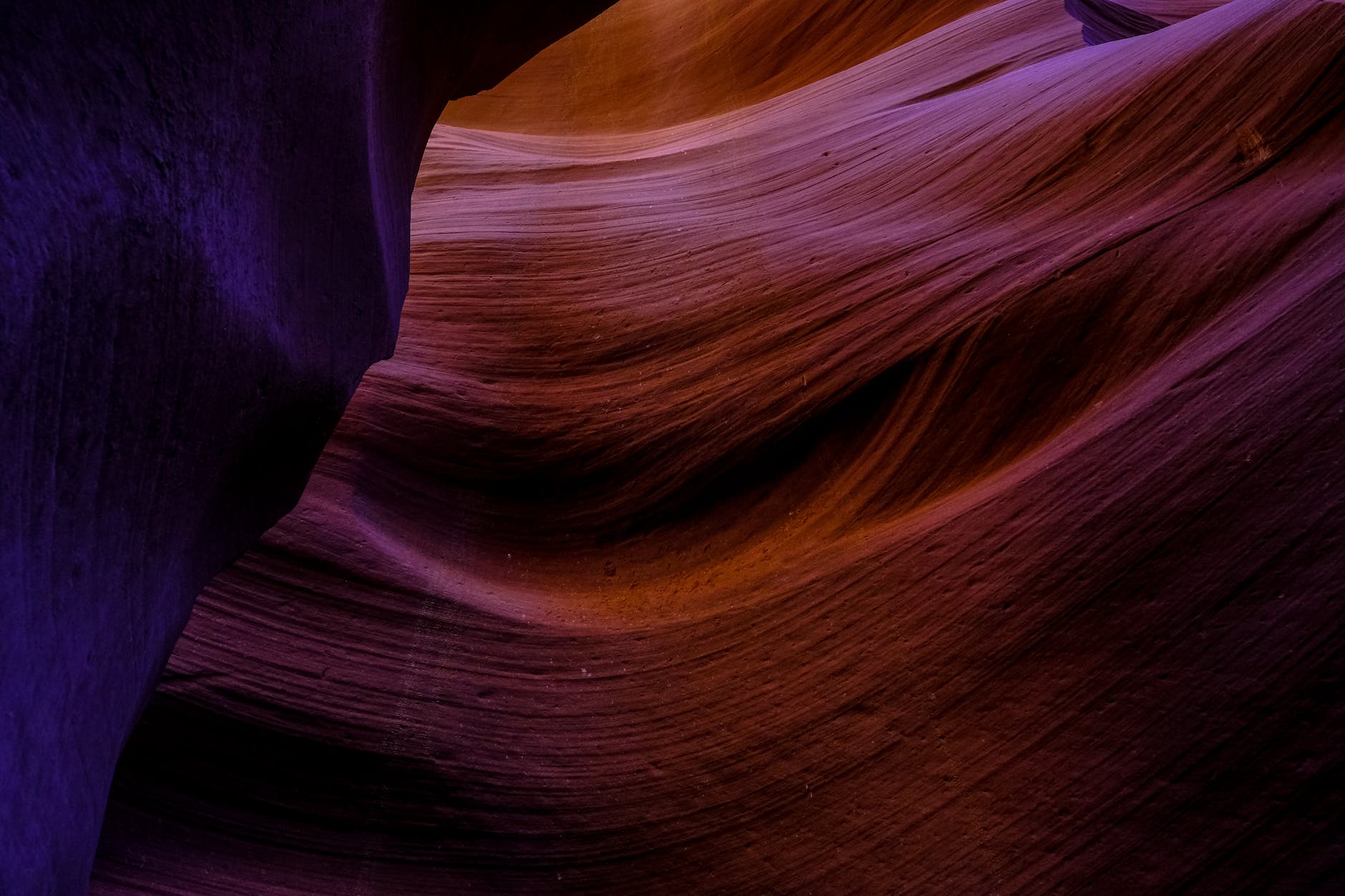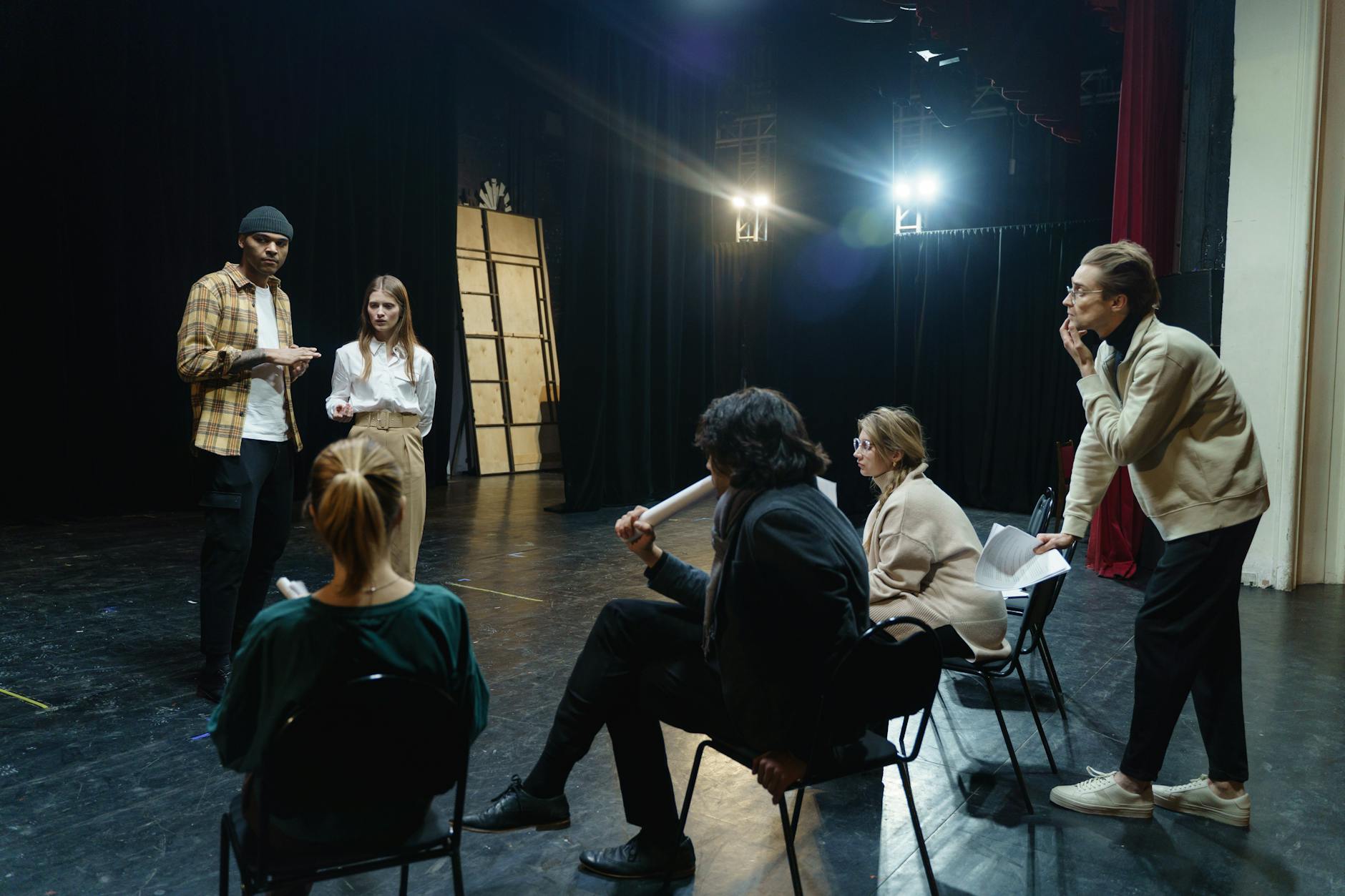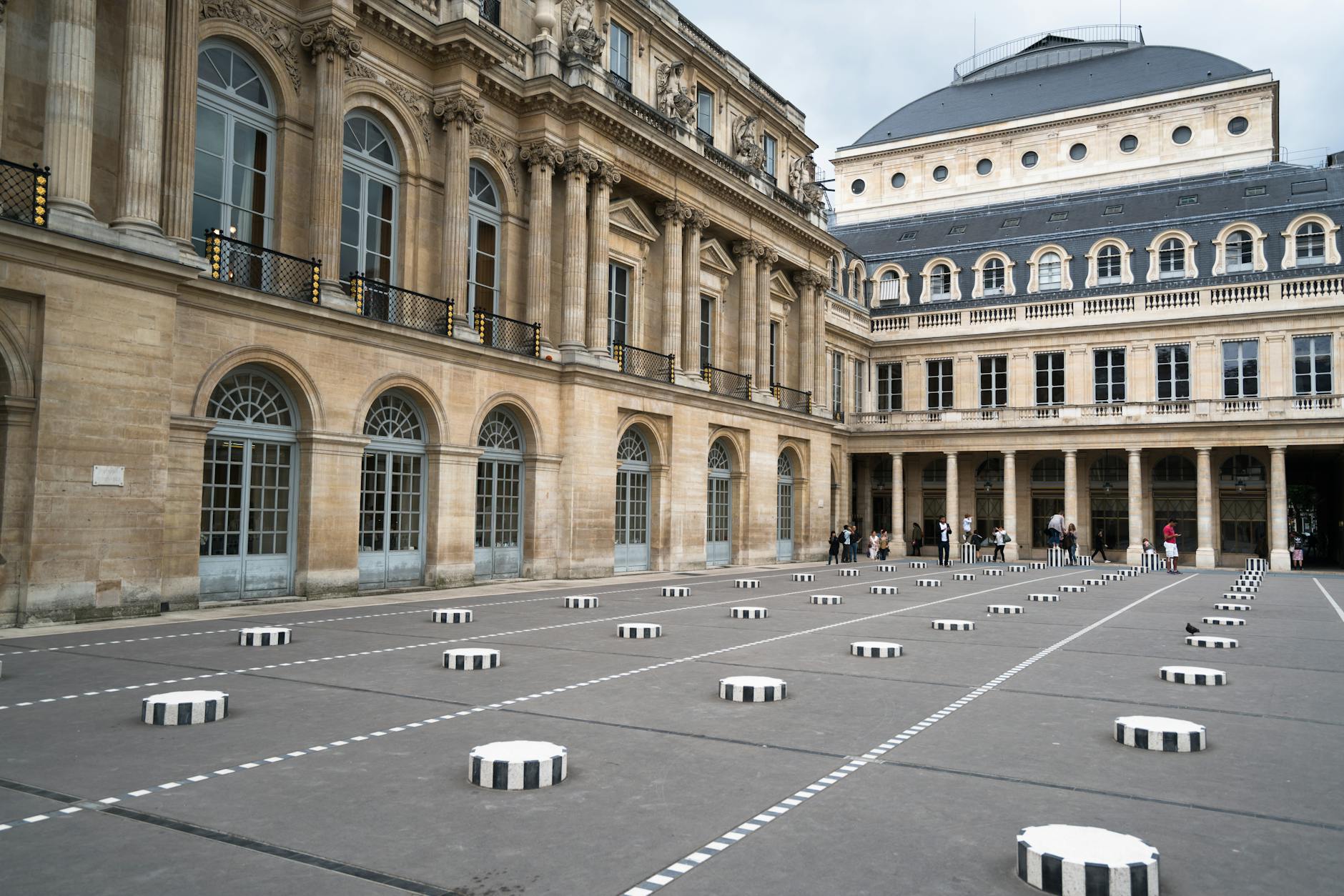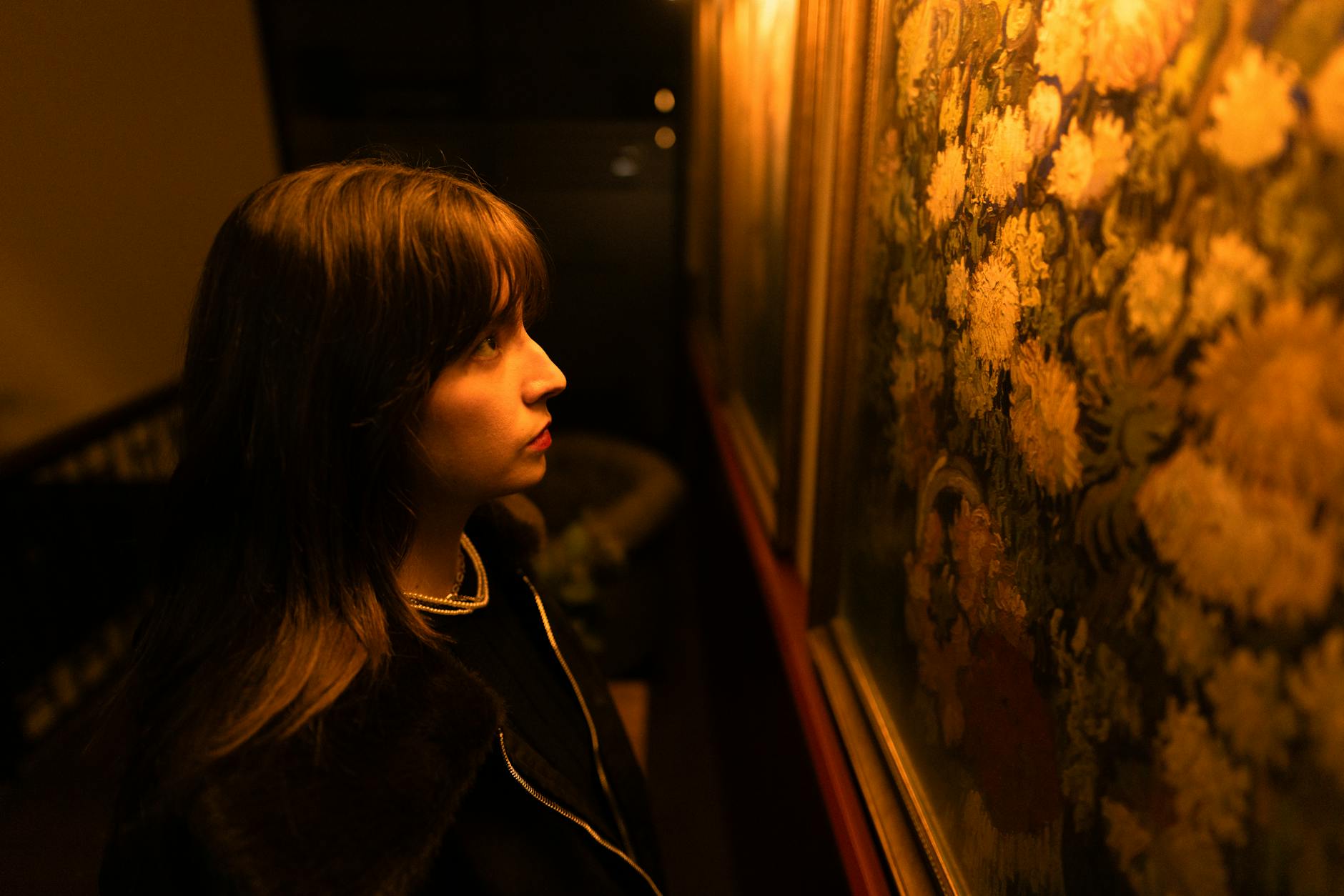Psychedelic art, an intrinsically mind-expanding form of art, was a significant cultural trend in the 1960s. Defined by its vivid colors, surreal imagery, and intricate geometric patterns, it influenced the contemporary art scene by interweaving elements of surrealism and abstract art.
At its core, the purpose of psychedelic art is to replicate or stimulate experiences similar to altered states of consciousness, strongly influenced by psychedelic substances. This mind-expanding art involves a variety of techniques and elements, including the use of psychedelic colors, geometric patterns, and pattern repetition. Today, we plunge into the ocean of colors and shapes, dissecting the multifold elements and styles that give Psychedelic Art its unique touch.
The first crucial element is the use of psychedelic colors. Unlike standard palettes, psychedelic art employs a rainbow spectrum, characterized by highly saturated and vivid hues. The use of such intense colors serves to heighten the viewer’s sensory perception and manifest a sense of unreality—translating the altered state of consciousness into a visual representation. These hues can often be further intensified through the use of blacklight art—a technique that heightens the luminosity and intensity of colors under a UV light.
One cannot discuss psychedelic art without highlighting the influence of surrealism. Surrealism, an art movement stemming from the late 1910s, borrows heavily from the subconscious mind’s anarchic realm, swooping into the realm of dreams and fantasy. In psychedelic art, surrealistic elements are used to express the dissolution of boundaries between the self and the other, the conscious and the subconscious mind.
Pattern repetition is another significant aspect of psychedelic art. The repetition of intricate geometric patterns enhances the sense of otherworldliness and visual movement. Often, these patterns are combined with pulsating colors to create a fascinating, hypnotic effect that holds the viewer’s attention.
These intricate geometric patterns are often formed through the process of tessellation. In the realm of psychedelic art, tessellation involves repeating a geometric shape without any gaps or overlaps to create a complex, interlocking pattern. The repetitive nature of tessellation contributes to the entrancing quality of psychedelic art, invoking a sense of infinity and boundlessness.
Another significant influence on Psychedelic Art is Abstract Art. Famous for transcending the constraints of representational artwork, abstract art strives to create a visual language of form, color, and line to create a composition that may exist independently of visual references in the world. The way psychedelic art often employs abstract landscapes, shapes, and figures lends it a dreamlike quality, echoing the distorted perception of reality often associated with psychedelic experiences.
Optical Art, or Op Art, is another crucial influence. This 20th-century art style is characterized by its use of optical illusions and tricks of perspective to create a sense of movement and dimensionality. In psychedelic art, elements of Op Art are used to enhance the visual intensity and produce a sense of vibration or pulsation.
Psychedelic art, with its diversity and complexity, offers a visually stimulating journey into the human psyche’s unexplored recesses. Its unique blend of psychedelic colors, surrealistic and abstract influences, optical art techniques, and intricate tessellations and pattern repetitions creates a captivating visual discourse. This artistic style underpins the multifaceted nature of human perception, providing a tangible manifestation of the expanded consciousness.
From the rainbow spectrum colors illuminating blacklight art to the mystifying repetitions of geometric patterns, psychedelic art is a fascinating realm of expression. Whether viewed in a museum or a music festival, it continues to inspire and captivate with its mind-expanding techniques—a testament to the enduring power and appeal of this vibrant artistic movement.
Sources:
Surrealism
Abstract Art
Optical Art
Psychedelic Colors
Mind-expanding Art Techniques
Tessellation
Rainbow Spectrum, Geometric Patterns, Pattern Repetition
Blacklight Art








